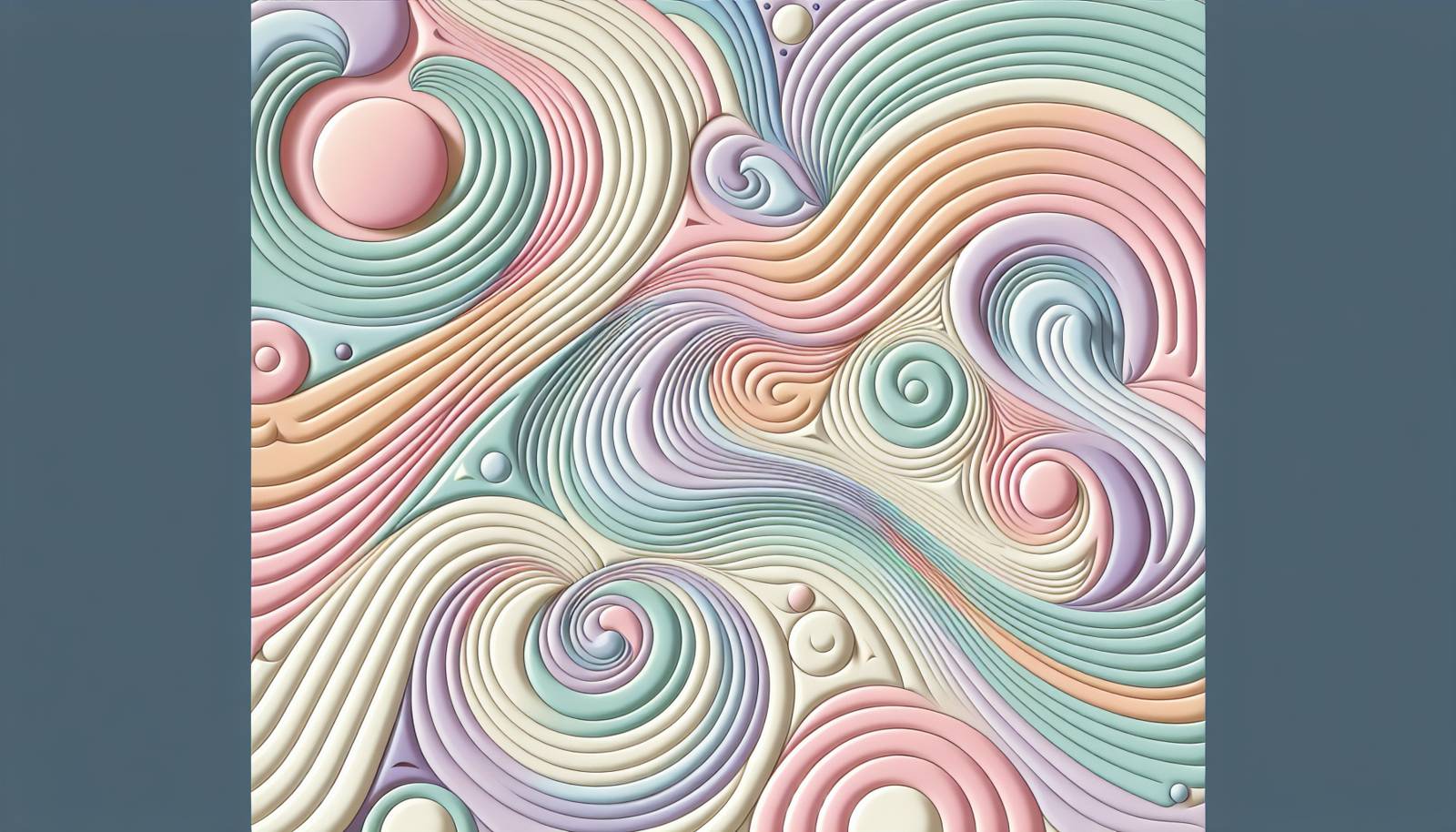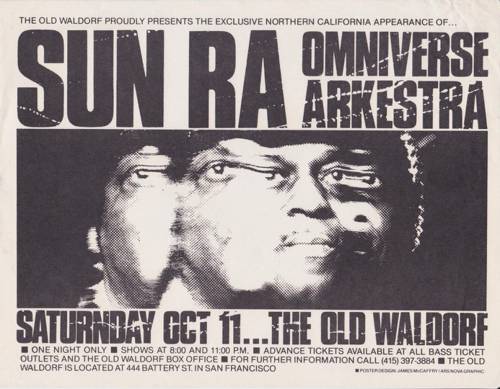
FAQ About The Role of Psychedelia in Graphic Design

What is psychedelic art?
Psychedelic art is a style of artwork that emerged in the 1960s, which is characterized by bright colors, intricate patterns, and surreal imagery. This art form was heavily influenced by the psychedelic culture of the time, which was inspired by the use of hallucinatory drugs like LSD. Psychedelic art aims to evoke a sense of altered perception and consciousness.

How has psychedelic art influenced modern graphic design?
Psychedelic art has significantly influenced modern graphic design by introducing bold and vibrant color schemes, fluid and organic shapes, and intricate patterns. These elements are often used to create eye-catching designs that challenge conventional aesthetics and encourage viewers to see things from different perspectives. Psychedelic art has also inspired designers to experiment with typography and layout for more creative visual communication.

What are some common elements of psychedelic design?
Common elements of psychedelic design include bright and contrasting colors, swirly or kaleidoscopic patterns, surreal images, and distorted typography. The style often incorporates elements that mimic the visual experiences induced by psychedelic substances, such as fractals and repetition of shapes and figures.

How does psychedelic art affect typography in graphic design?
Psychedelic art affects typography by encouraging the use of non-traditional fonts and typographic elements. Designers often employ bold, curved, or wavy fonts that mirror the fluidity and surreal nature of psychedelic visuals. This approach challenges the standard use of fonts, creating more dynamic and engaging designs.

Can you give examples of modern graphic design influenced by psychedelia?
Modern graphic design influenced by psychedelia can be seen in music festival posters, album covers, and branding for fashion lines that aim to evoke a certain cultural or artistic aesthetic from the 1960s and 70s. Many contemporary designers draw inspiration from this style to create vibrant and eye-catching visuals for digital media, advertisements, and product packaging.

What is the role of color in psychedelic graphic design?
Color plays a vital role in psychedelic graphic design, where it is used to create vibrant and dynamic compositions that captivate the viewer's attention. Bright and often contrasting colors are employed to invoke emotions and encourage an immersive visual experience. The strategic use of color can cause optical illusions and enhance the perception of depth and movement.

How did the cultural context of the 1960s contribute to the rise of psychedelic art?
The cultural context of the 1960s, marked by political upheaval, social change, and an interest in alternative lifestyles, contributed significantly to the rise of psychedelic art. The era's experimentation with psychedelic substances, music, and the counterculture movement inspired artists to explore new forms of expression, leading to the development of a distinctive aesthetic that challenged traditional art and design norms.

In what ways is psychedelic art used in visual communication strategies today?
Psychedelic art is used in visual communication strategies today to create memorable and impactful designs that stand out in a crowded marketplace. It is employed in advertising, branding, and media to evoke specific emotions and attitudes, often appealing to a sense of nostalgia or to capture the viewer's imagination through bold visuals and creative experimentation.

What impact has psychedelic design had on color theory?
Psychedelic design has expanded the possibilities within color theory by demonstrating the expressive power of unusual and intense color combinations. It has encouraged designers to explore beyond traditional color palettes, experimenting with contrasting and complementary colors to provoke emotional responses and visual interest, advancing the understanding of color interactions and their psychological effects.

How does psychedelic typography differ from traditional typography?
Psychedelic typography differs from traditional typography in its embrace of free-form and unconventional letterforms. It often features letters that are stretched, warped, and styled in a way that reflects the psychedelic aesthetic, deviating from the rigid structures of traditional typographic design. This approach adds a sense of movement and dynamic visual interest to text.

Why are bold color schemes important in psychedelic design?
Bold color schemes are important in psychedelic design because they help to achieve the vibrant and immersive experience that this style aims to evoke. The use of intense colors creates strong visual impacts, helping designs to stand out and convey a sense of energy and vitality that is a hallmark of psychedelic aesthetics.

Can psychedelic design elements be integrated with modern digital tools?
Yes, psychedelic design elements can easily be integrated with modern digital tools. Software like Adobe Photoshop and Illustrator offer features that allow designers to create the complex patterns, gradients, and color schemes characteristic of psychedelic art. These tools enhance the ability to experiment with psychedelic motifs and apply them effectively in digital contexts.

What is the significance of pattern repetition in psychedelic art?
Pattern repetition in psychedelic art is significant because it creates a sense of rhythm and movement, mimicking the visual effects experienced during psychedelic experiences. This technique can lead to optical illusions and a feeling of infinite depth, engaging viewers and inviting them to explore the artwork on a more profound level.

Has psychedelic art influenced web design?
Psychedelic art has indeed influenced web design by encouraging the use of bold colors, dynamic layouts, and creative typography that engages users visually. Elements such as animated graphics and interactive design components draw inspiration from psychedelic aesthetics, offering users an engaging and memorable online experience.

What role does psychedelia play in contemporary branding?
Psychedelia plays a role in contemporary branding by helping brands to stand out through non-traditional and eye-catching visual elements. It enables brands to associate themselves with specific cultural and emotional values such as creativity, consciousness expansion, and freedom, appealing to audiences who resonate with these themes.

How do psychedelic visuals contribute to user experience in digital applications?
Psychedelic visuals contribute to user experience in digital applications by creating immersive and engaging environments that captivate users. Through dynamic colors and patterns, psychedelic design can enhance the aesthetic appeal of an interface and make interactions more enjoyable, improving user engagement and satisfaction.

What are some challenges of using psychedelic design in modern graphic projects?
Some challenges of using psychedelic design in modern graphic projects include balancing visual complexity with clarity, ensuring accessibility for all users, and maintaining brand consistency. Designers must carefully consider how psychedelic elements align with the project's goals and audience and avoid overwhelming visuals that might detract from the message.

How does psychedelic design inspire creativity in graphic designers?
Psychedelic design inspires creativity in graphic designers by encouraging them to break free from conventional design rules and explore new, inventive possibilities. Its bold use of color and form challenges designers to think creatively and push the boundaries of traditional aesthetics, often resulting in unique and innovative designs.

What techniques are used to create psychedelic effects in graphic design?
Techniques used to create psychedelic effects in graphic design include the use of vivid and contrasting colors, fractal patterns, intricate line work, and optical illusion methods. Digital tools allow designers to easily manipulate these elements to achieve the desired psychedelic aesthetic with precision and creativity.

How can psychedelic art be adapted for commercial purposes without losing its original essence?
Psychedelic art can be adapted for commercial purposes by integrating its core elements—such as vibrant colors, dynamic compositions, and unique typography—into marketing and branding strategies while respecting the original ethos of freedom and creativity. Designers should aim to retain the spirit of exploration and boldness that defines psychedelic art, aligning it with the commercial objectives.
